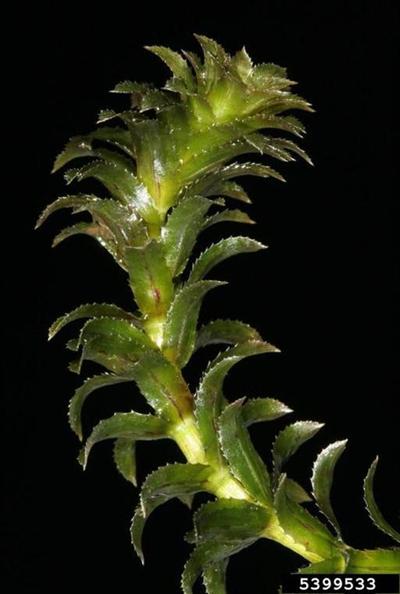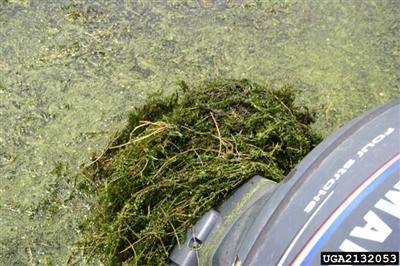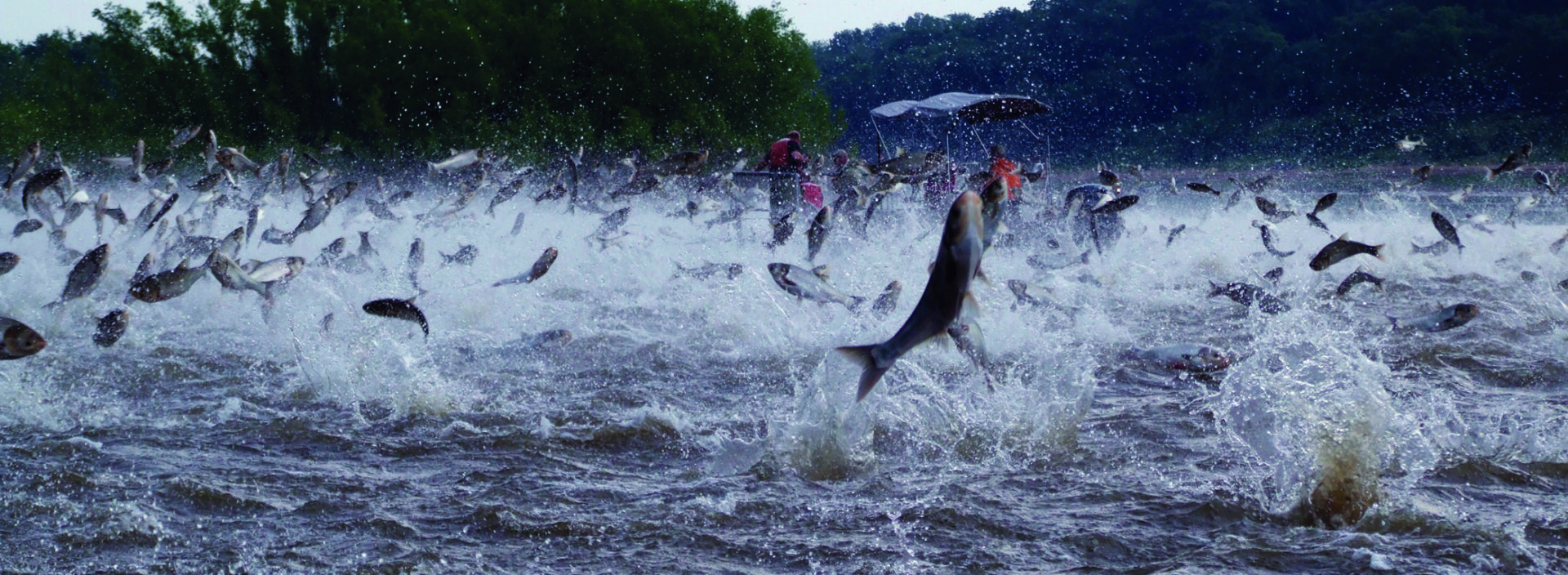Where did hydrilla come from?
- Hydrilla is native to Australia, Africa and parts of Asia.
- Hydrilla was most likely introduced to Florida in 1960 via the aquarium trade.
Why is it a problem?
- Hydrilla can severely affect water delivery systems.
- Hydrilla creates dense mats of vegetation that destroy fish and interfere with wildlife habitats and recreation.
[su_row][su_column size=”1/2″ center=”no” class=””] [/su_column]
[/su_column]
[su_column size=”1/2″ center=”no” class=””]

[/su_column]
[/su_row]
What does hydrilla look like?
- It has long intertwined stems that form dense mats.
- There are whorls of 4-8 pointy leaves with coarse teeth along the edges.
- In mid to late summer hydrilla produces tiny white floating flowers.
- The plant may form small tubers.
How does hydrilla spread?
- Hydrilla has extremely effective methods of propagation.
- It can sprout new plants from root fragments or stem fragments.
- Hydrilla has an extremely efficient ability to produce structures called turions and tuber. These tubers and turions can withstand ice cover, drying, herbicides, and ingestion and regurgitation by waterfowl.
- Hydrilla is readily spread by waterfowl and boating activities.
How do we control hydrilla?
- Hydrilla can be controlled by aquatic herbicides.
- Covering the sediment with an opaque fabric which blocks light from the plants can be an effective way to control Hydrilla.
How you can distinguish invasive hydrilla from similar plants?
American elodea is native to the Great Lakes region, and it has smaller leaves in whorls of 2-3. Invasive Brazilian elodea has much smoother leaves–in contrast to the obvious coarse teeth of hydrilla. Additionally, hydrilla may produce small tubers.


